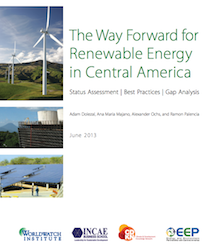The U.S. Army Corps of Engineers, Engineering and Support Center has awarded five contractors for the development of geothermal energy for a total $7 billion joint total. ECC Renewables LLC was one of the five companies awarded a contract.
Under the 10-year contract, ECC will compete for projects to develop, construct, finance, own, and operate geothermal energy projects on Department of Defense installations  located throughout the U.S. under long-term (20+ year) power purchase agreements using private sector financing. Geothermal technologies utilize the internal heat of the earth as a power source, including ground source heat pump systems and deep well geothermal systems.
located throughout the U.S. under long-term (20+ year) power purchase agreements using private sector financing. Geothermal technologies utilize the internal heat of the earth as a power source, including ground source heat pump systems and deep well geothermal systems.
“We see an increase in demands and Congressional mandates placed on Federal agencies and all branches of the U.S. military to implement renewable and alternative energy solutions for the future,” said Paul Sabharwal, ECC Chairman of the Board. “ECC is proud to utilize this contract to help the U.S. Army come one step closer to meeting those goals.”
Sabharwal continued, “ECC is ideally suited to pursue these types of contracts. We have the right mix of development, financing, engineering, and construction resources, capabilities, and experience, combined with the passion, leadership, and trusted partnering approach needed to succeed.”
This award marks the first of four renewable and alternative energy technologies being awarded this year under the $7 billion MATOC program. Awards for solar, wind, and biomass technologies will be awarded through the end of 2013.









